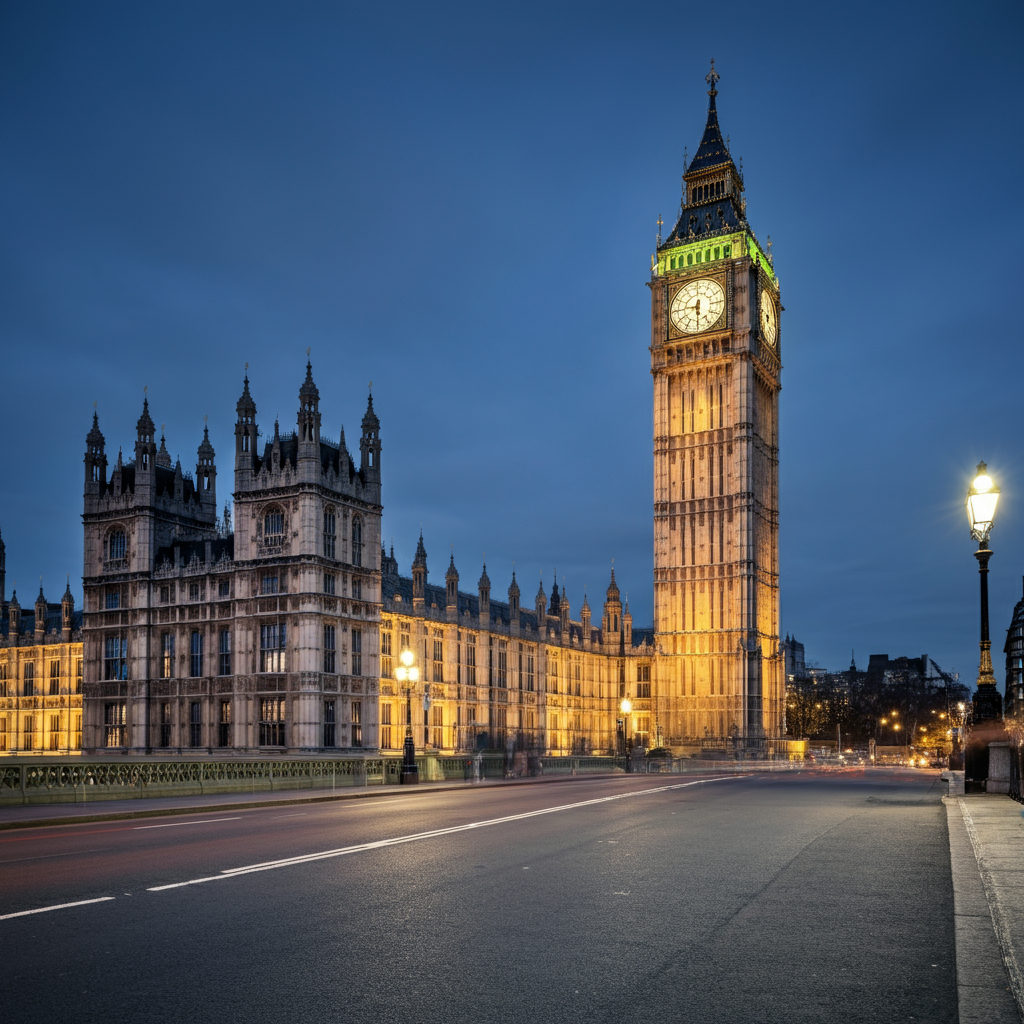Europe’s railway history is rich with architectural marvels and cultural significance. Many of the historical train stations of Europe are more than just transit hubs—they are living monuments that have witnessed the passage of time, technological advancements, and countless travelers. But which of these stations hold the most fascinating stories? Join us on this journey as we explore some of the most iconic train stations across Europe.
1. St. Pancras International (London, UK)
Often called the ‘cathedral of railways,’ St. Pancras International is one of the most breathtaking historical train stations of Europe. Opened in 1868, its striking Gothic Revival architecture sets it apart. But did you know that this station was once at risk of demolition in the 1960s? Thanks to preservation efforts, it remains one of London’s grandest landmarks.

2. Gare du Nord (Paris, France)
As the busiest train station in Europe, Gare du Nord has been welcoming travelers since 1864. Its classical façade, adorned with sculptures representing European cities, makes it an architectural masterpiece. Imagine how many travelers have passed through this station over the centuries—what stories would its walls tell?
3. Estação de São Bento (Porto, Portugal)
Step into São Bento Station, and you’ll be mesmerized by its stunning azulejo tilework. Over 20,000 blue and white ceramic tiles narrate Portugal’s history, making it a visual feast for travelers. How often do you see a train station that doubles as an art gallery?

4. Antwerp Central Station (Belgium)
Nicknamed the ‘Railway Cathedral,’ Antwerp Central Station is an architectural marvel. Opened in 1905, its grand dome, intricate detailing, and marble interior leave visitors in awe. Have you ever arrived at a train station and felt like you stepped into a palace?

5. Helsinki Central Station (Finland)
Helsinki Central Station, built in 1919, is a striking example of Art Nouveau design. Its most famous feature? The four massive stone statues holding globes at the entrance. These figures have become a cultural symbol in Finland.
Why Do Train Stations Matter?
Train stations are more than transportation hubs—they reflect a city’s history, art, and culture. Have you visited any of these iconic stations? Which one left the biggest impression on you?
Let us know in the comments! Don’t forget to follow us on social media or visit our website, WentWorld.com, for more travel stories and historical insights. 🚆✨
Catch up on the top stories and travel deals by subscribing to our newsletter!











Leave a Reply